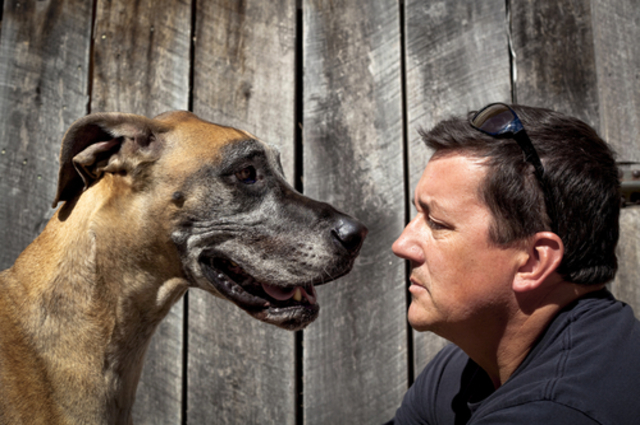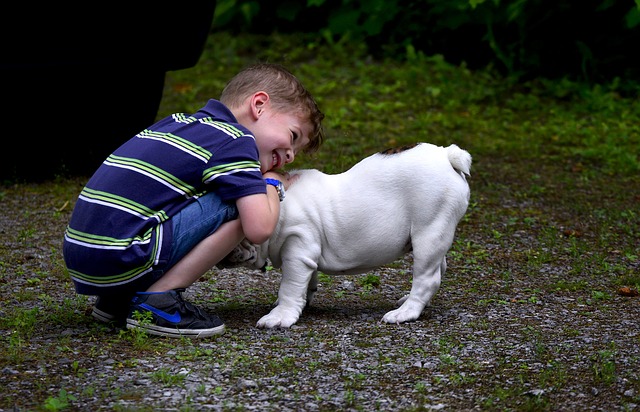
Common reasons dogs snap at humans include fear, pain and resource guarding.
Recently, a team of researchers from the University of Liverpool set out to discover the lesser understood triggers for dog bites by analyzing 143 YouTube videos showing 362 real bites.

Dog bites are a global health problem causing physical, mental, and financial strain to individuals, health care systems, and businesses. They also affect canine welfare, as many dogs are relinquished to shelters or euthanized for biting, even when the incident was prompted by human behavior.
Exploring the reasons why dogs bite is difficult to study since provoking dogs into snapping at humans is simply not ethical. For this reason, the researchers came up with a system to analyze YouTube videos, recording the context of the bites, bite severity, characteristics of the dogs and victims, and human and dog behavior before each bite.

When selecting videos, they used search terms like “dog bite” and “dog attack” and excluded clips where the dogs were being trained to attack. A “bite” was defined as:
“A dog holding a person’s body part in their mouth and applying pressure, which could be reflected by a bite mark and/or the victim’s vocalizations (e.g., screaming) or facial expressions indicative of pain (e.g., grimacing).”
Previous data gathered through population surveys, veterinary reports, hospital records, and interviews with victims suggest children and male adults are more likely to be bitten, with the severity of the bite tending to be higher among older victims.
Typically, adults suffer bites to the limbs, while children are more likely to be bitten in the face and neck – regardless of the dog’s size. This indicates that children interact with dogs differently than adults.

The University of Liverpool researchers noted several commonly-known bite triggers including physical abuse, teasing, taking food or toys, and painful or frightening medical/grooming procedures. However, some of the causative factors were less obvious such as petting, restraining, laughing, yelling and “looming” over the dog during the key 21-second period preceding the bites.
The results on bite severity were consistent with the previous data on victim age: adults were bitten more severely than infants and infants more severely than children. The reasons for this are purely speculative. Adults are more physically imposing, so dogs may bite harder to neutralize the threat. The harsher bites to infants over children may be due to their inexperience with dogs and higher likelihood to scream in their face or grab their tails.

Unfortunately for male dog lovers, the study found that men are not just more likely to be bitten; dogs walked by men are four times more likely to attack other dogs than those walked by women.
The team also found the breeds most likely to bite were similar to past results. (Breed data is notoriously controversial for several reasons including the public’s inability to identify breed on sight alone and under-reporting bites from smaller dogs.)
While this data is limited by what people are willing/able to catch on video and post to YouTube, it could still prove important for improving our understanding of why dogs bite, what causes them to attack more severely in certain cases, and who is most at risk. Eliminating all bites may not be possible, but studies like these may help us reduce their severity and educate the public on how to safely interact with dogs.
H/T to Haaretz.com
via Whisker Therapy